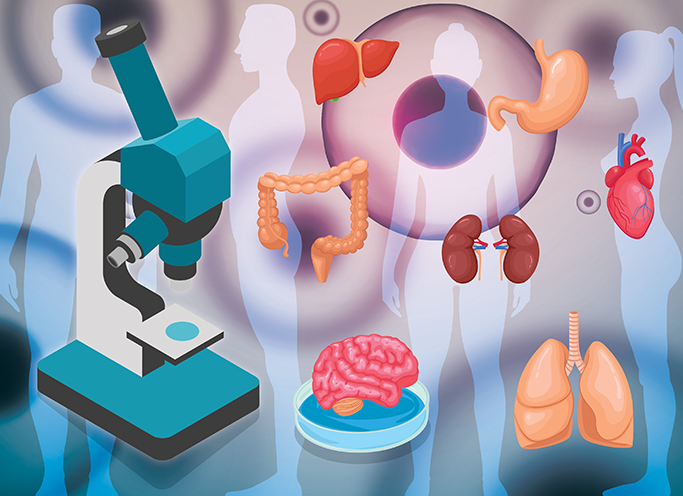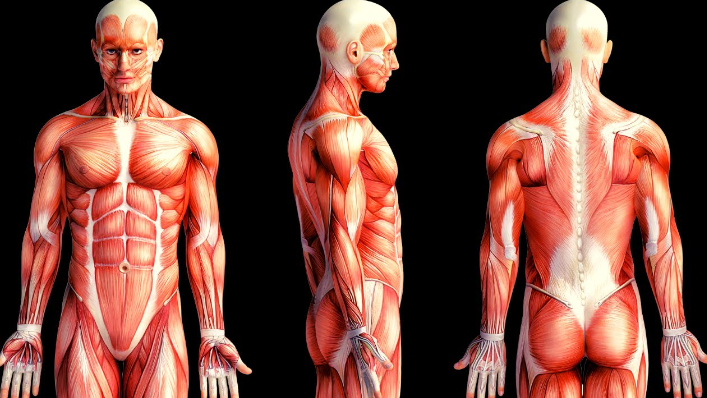What if computers in the future could be powered by human brain cells?

A biocomputer powered by human brain cells could be developed in our lifetime, according to researchers who hope such technology will exponentially expand the capabilities of modern computing and create new fields of study.
Biocomputing is a huge effort to compact computing power and increase its efficiency to exceed our current technological limits. For nearly two decades, scientists have used tiny organoids — lab-grown tissue that resembles fully developed organs — to experiment on kidneys, lungs and other organs without resorting to human or animal testing. More recently, researchers have been working with brain organoids, pen-point-sized orbs with neurons and other features that promise to maintain basic functions like learning and remembering.


They began developing and assembling brain cells into functional organoids in 2012 using cells from human skin samples reprogrammed into an embryonic stem cell-like state. Each organoid contains about 50,000 cells, about the size of a fruit fly’s nervous system, now imagine building a futuristic computer with such brain organoids. Computers running on this biological hardware could begin in the next decade to alleviate the power consumption demands of supercomputing that are becoming increasingly unsustainable. Although computers process calculations involving numbers and data faster than humans, brains are much smarter at making complex logical decisions, like telling a dog from a cat.
It could be decades before organoid intelligence can power a system as intelligent as a mouse, but by increasing the production of brain organoids and training them with artificial intelligence, it envisions a future in which biocomputers support superior computing speeds, processing power, data efficiency, and storage capabilities. Organoid intelligence could also revolutionize drug testing research for neurodevelopmental disorders and neurodegeneration.







Responses